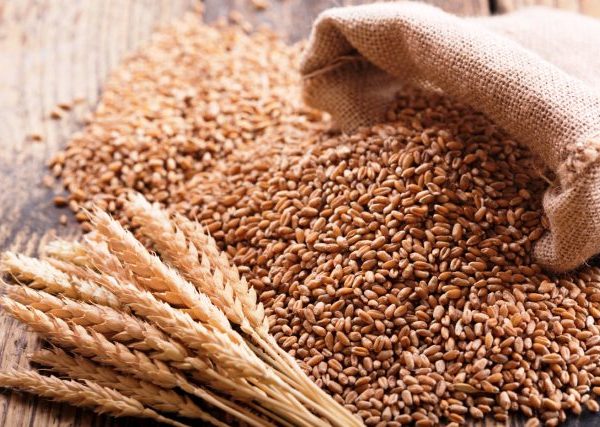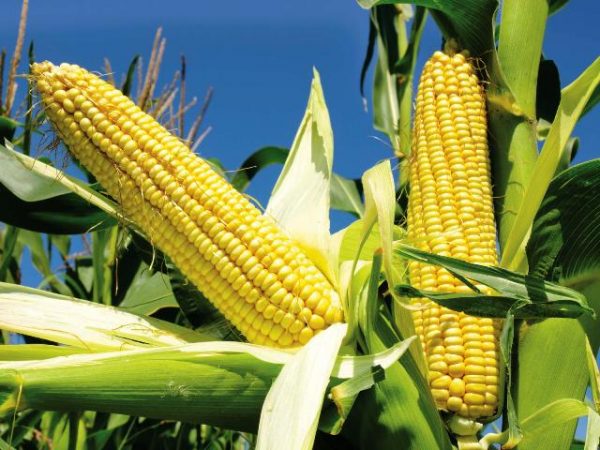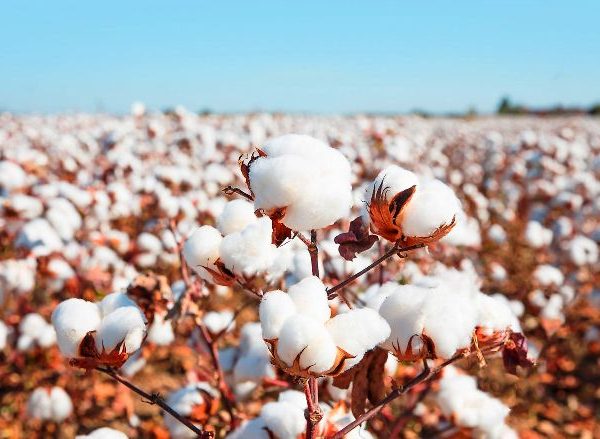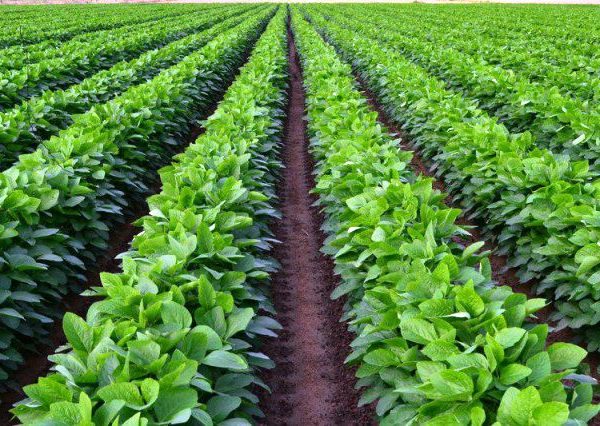Agricultural Products
Agricultural Products
PMEX offers a wide range of Agricultural Products that Pakistan produces, exports and imports along with products listed at various leading International Exchanges of the World. After a comprehensive evaluation, the Exchange shortlisted products that are a mix of local / physically deliverable futures and international / cash-settled futures.
These are the products that are produced and traded locally. Thus, the product suite differs from country to country. Examples of such products are Cotton, Wheat, Sugar, Corn, Rice and Spices. The products offered by PMEX can be clubbed into four main asset classes: metals, agriculture, energy and financial futures. Within each commodity, a variety of contracts are offered based on currency denomination, contract size and tenure.

Wheat
If it had not been for Wheat, human beings may never have socially and culturally developed as cosmopolitan as we have. Wheat was the first crop to be cultivated on a grand scale and stored long- term, enabling the start of city-based societies and the dawning of civilization.
Wheat is a cereal grass, but before cultivation it was a wild grass. Wheat is believed to have originated in southwestern Asia. Archeological research indicates that Wheat was grown as a crop in the Nile Valley about 5,000 BC. Wheat is not native to the U.S. and was first grown here in 1602 near the Massachusetts coast.

When Wheat is traded as a commodity, it must be classified into very specific classes according to grain properties established by the exchange. The Chicago Wheat contract is also known as Soft Red Winter Wheat. Its name is derived from the fact that the crop is grown during the U.S. winter months. Soft Red Winter Wheat is grown in the South, the Great Lakes region and east to the Atlantic, all of which are more humid environments than other wheat-producing regions.
The planting season is from mid-August through the end of October. The crop heads in May, and the harvest occurs at the end of May through August. Soft Red Winter Wheat is used to produce flour, the key ingredient for breads, pasta, crackers and many other food products, as well as several industrial products such as starches and adhesives.
Chicago Wheat futures provide a way to effectively manage the global price risk that Wheat merchandisers, producers, food processors, livestock operations, importers and others have related to the purchase or sale of Wheat. Futures contracts provide opportunities to identify short and long-term cyclical price and volatility patterns.
Chicago Wheat futures traders are able to take advantage of arbitrage and spread opportunities with other commodities, including related grains, oilseeds and livestock. One Chicago Wheat futures contract is 5,000 bushels or approximately 136 metric tons.
Corn
Corn is a member of the grass family of plants and is a native grain of the American continents. Fossils of Corn pollen that are over 80,000 years old have been found in lake sediment under Mexico City.
Archaeological discoveries show that cultivated Corn existed in the southwestern U.S. for at least 3,000 years, indicating that the indigenous people of the region cultivated Corn as a food crop long before the Europeans reached the New World.
Corn is a hardy plant that grows in many different areas of the world. It can grow at altitudes as low as sea level and as high as 12,000 feet in the South American Andes Mountains.

Corn can also grow in tropical climates that receive up to 400 inches of rainfall per year, or in areas that receive only 12 inches of rainfall per year. The U.S. grows Corn on such an enormous scale (333 million tonnes) that it produces almost three times more tonnes than the next leading country, China. The ability to harvest Corn so efficiently and on such a grand scale did not develop in North America until after World War II however, before which harvesting involved a huge, on-foot labor force.
Despite our incredible domestic consumption of Corn in everything from fodder to ethanol production, the U.S. Department of Agriculture estimates that the U.S. still export about 1,859 million bushels of the crop to other countries.
Corn is used primarily as livestock feed in the United States and the rest of the world. Other uses for Corn are alcohol additives for gasoline, adhesives, corn oil for cooking and margarine, sweeteners, and as food for humans. One Corn futures contract is 5,000 bushels, or approximately 127 metric tons.
Cotton
Cotton is a natural vegetable fiber that comes from small trees and shrubs of a genus belonging to the mallow family, one of which is the common American Upland cotton plant.
Cotton has been used in India for at least the last 5,000 years and probably much longer, and was used by the ancient Chinese, Egyptians, and North and South Americans. Cotton was one of the earliest crops grown by European settlers in the U.S.
Cotton requires a long growing season, plenty of sunshine and water during the growing season, and then dry weather for harvesting. In the United States, the Cotton Belt stretches from northern Florida to North Carolina and westward to California.

In the U.S., planting time varies from the beginning of February in Southern Texas to the beginning of June in the northern sections of the Cotton Belt. The flower bud of the plant blossoms and develops into an oval boll that splits open at maturity. At maturity, cotton is most vulnerable to damage from wind and rain. Approximately 95% of the cotton in the U.S. is now harvested mechanically with spindle-type pickers or strippers and then sent off to cotton gins for processing. There it is dried, cleaned, separated, and packed into bales.
Cotton is used in a wide range of products from clothing to home furnishings to medical products. The value of cotton is determined according to the staple, grade, and character of each bale. Staple refers to short, medium, long, or extra-long fiber length, with medium staple accounting for about 70% of all U.S. cotton. Grade refers to the color, brightness, and amount of foreign matter and is established by the U.S. Department of Agriculture.
Character refers to the fiber’s diameter, strength, body, maturity (ratio of mature to immature fibers), uniformity, and smoothness. Cotton is the fifth leading cash crop in the U.S. and is one of the nation’s principal agricultural exports. The weight of cotton is typically measured in terms of a “bale,” which is deemed to equal 480 pounds. The price increment is quoted in cents and hundredths of a cent per pound.
Soyabeans
Soybeans are one of the most popular oilseed products in the world and are used in the manufacture of plastics, solvents and other industrial products. Additional uses include livestock feed, edible oil and other foods. In the U.S, Soybeans were not used as a food product until after the 1920’s. However, Soybeans were essential to Asian cultures for hundreds of years before Western cultivation began.
The three main producers in the world are, in the following order: the U.S., Brazil, and Argentina. In the U.S., Soybeans are planted from May through mid- July. The crop flowers between July and late August while the harvest occurs at the end of September through the end of November.

In contrast, Soybeans are planted from September through mid-December in Brazil. The Brazil crop flowers between January and the beginning of March while the harvest occurs from the end of March through the end of June. Soybean futures provide a way to effectively manage the price risk that Soybean merchandisers, producers, food processors, livestock operations, importers and others have related to the purchase or sale of Soybeans.
Futures contracts provide opportunities to identify short and long-term cyclical price and volatility patterns. Soybean futures traders are able to take advantage of arbitrage and spread opportunities with other commodities, including related grains, oilseeds and livestock.
